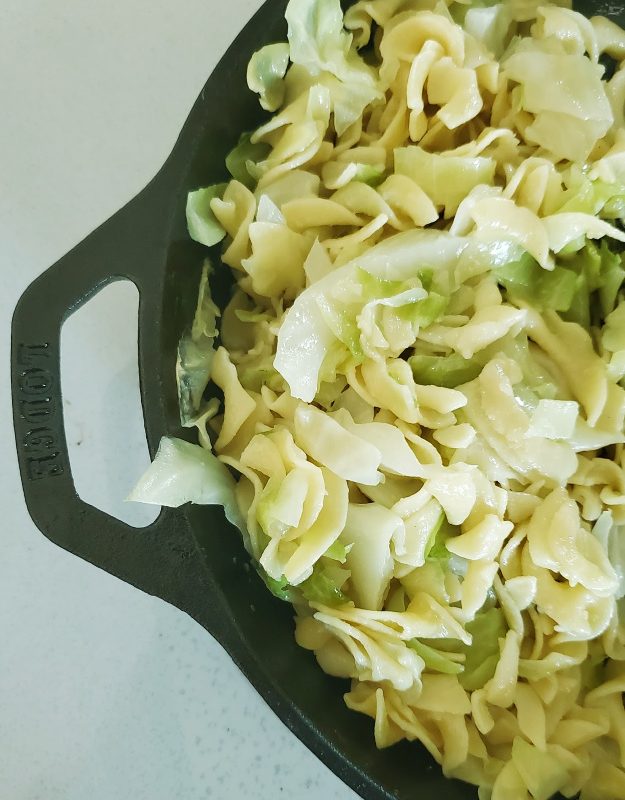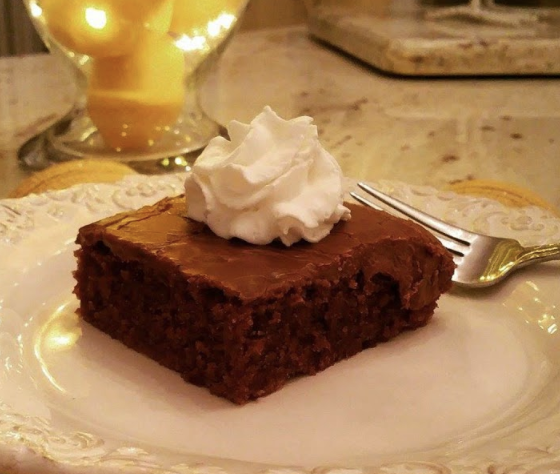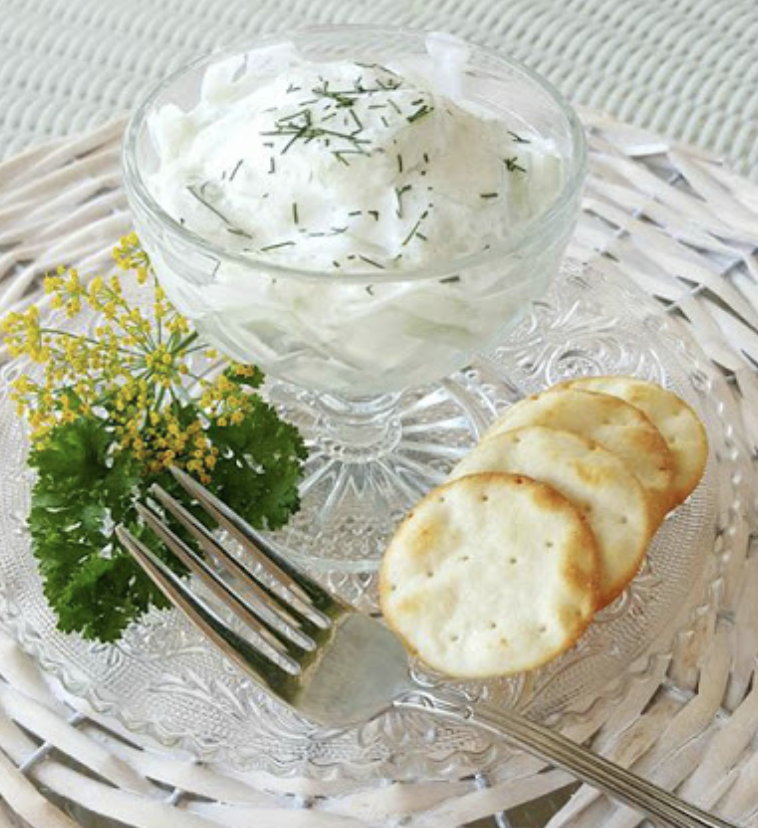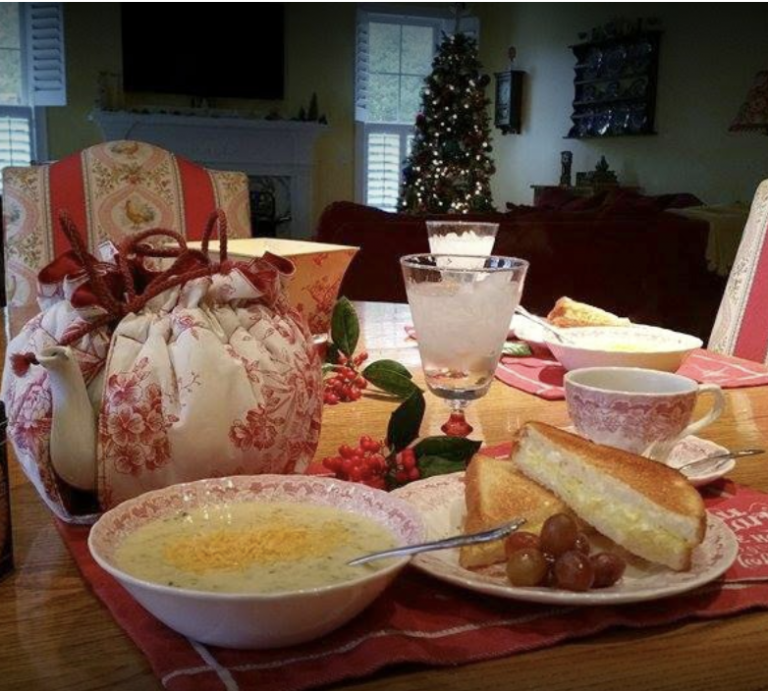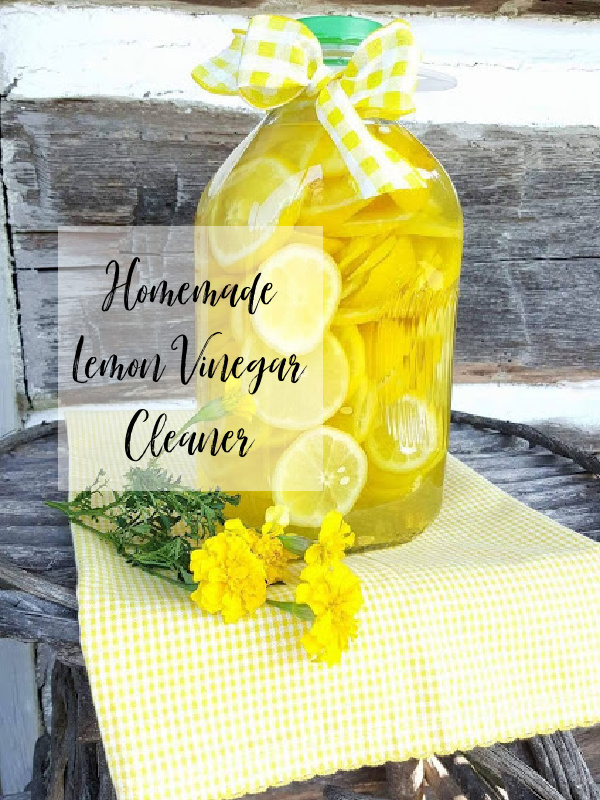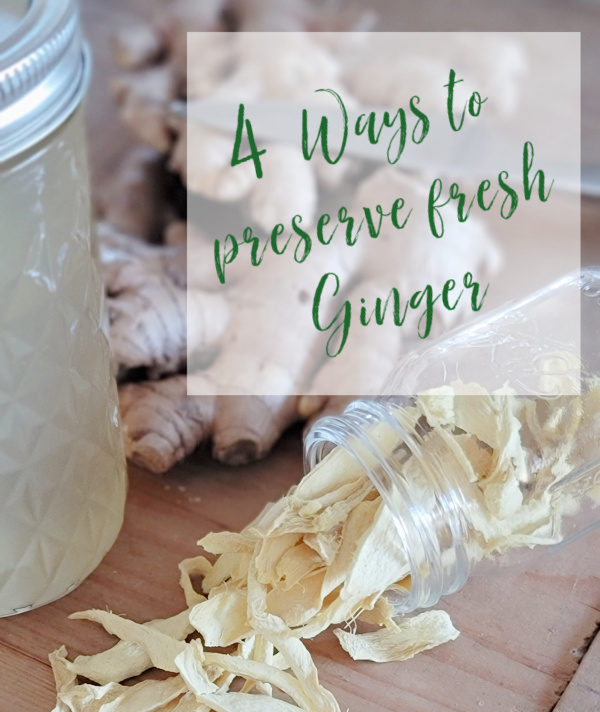Haluski- An Old European Family Recipe
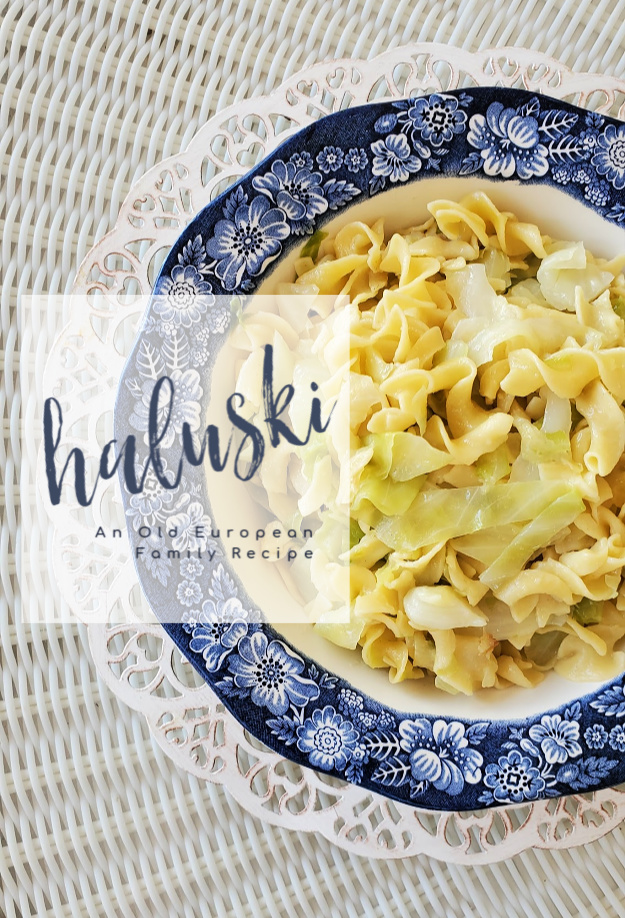
Haluski, or Halusky, is a great, easy dish that was brought to our family by my great-grandmother, and passed down to my grandmother, who used to make it for me.
It is a common dish in countries such as Slovakia, Czech Republic, Poland, Serbia, Ukraine, Romania and Hungary. It is very easy to cook, and there are lots of variations to it. We always made it this way, but some people will add fried hamburger to it, or sour cream. Once you get the basics down, you can do anything you want to with it. It is also yummy with cornbread!
Also, you can easily half this recipe, which is what I normally do. It really makes a lot at a time. Some of the recipe you have to feel your way through. The size of your cabbage head may change the amount of salt or water you need add each time you cook it. This was definitely one of the recipes that had no measurements when my grandmother taught me to cook it. And please don’t worry if you happen to fry some noodles and cabbage to the bottom of your pan. Believe it or not, this was my grandfather’s favorite part. He would actually request that I ‘burn the bottom’ for him.
Haluski is very simple, and only requires 4 ingredients: 
Haluski
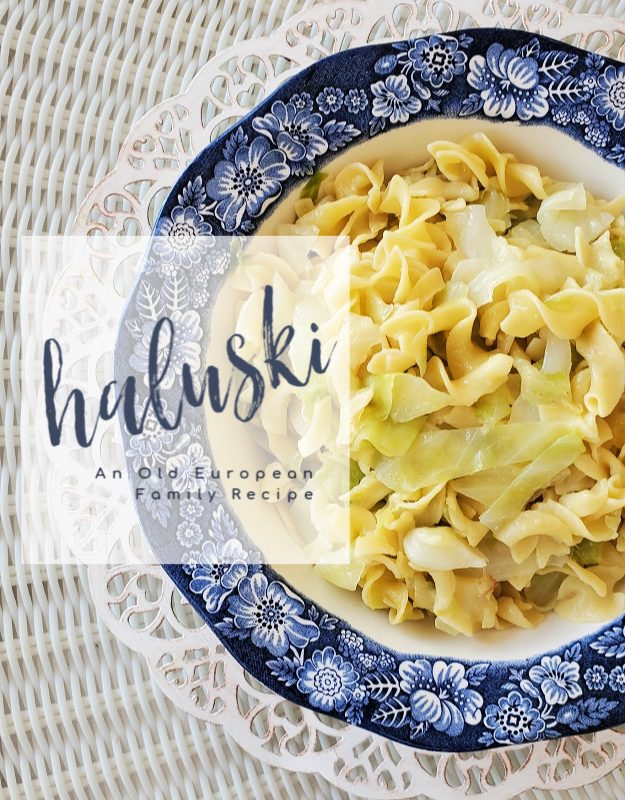
A simple cabbage and noodle dish that was popular during the depression era.
It is fairly cheap to make and feeds a lot of people.
- 1 Cabbage Head
- 1 Bag Egg Noodles
- 1 Stick Butter
Slice your cabbage in half, and then chop into strips. (Make sure to cut out the core of the cabbage head on each side.) If you are feeding this to your children, you may want to shred the cabbage up smaller than I do. You can almost hide this vegetable in the noodles.
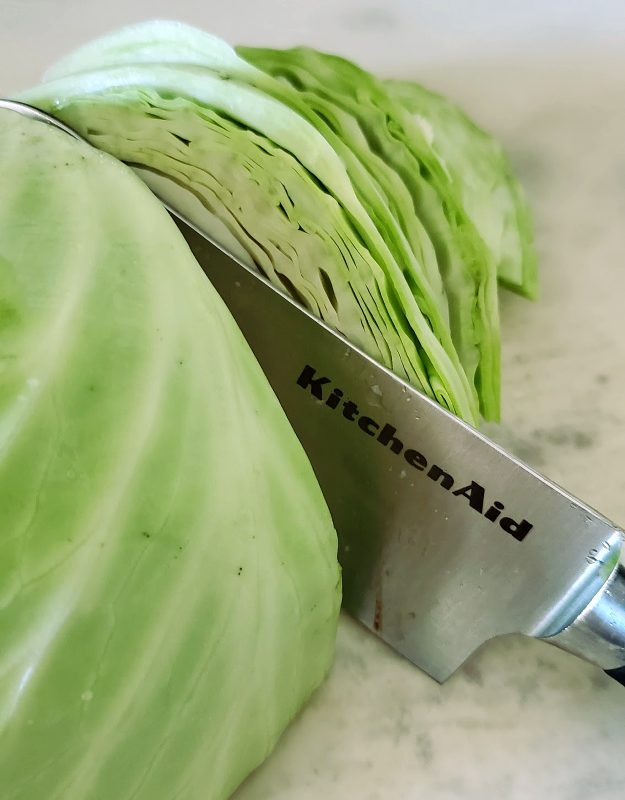
Place cabbage in a large pan or skillet with about a cup of water, and begin to boil it down.
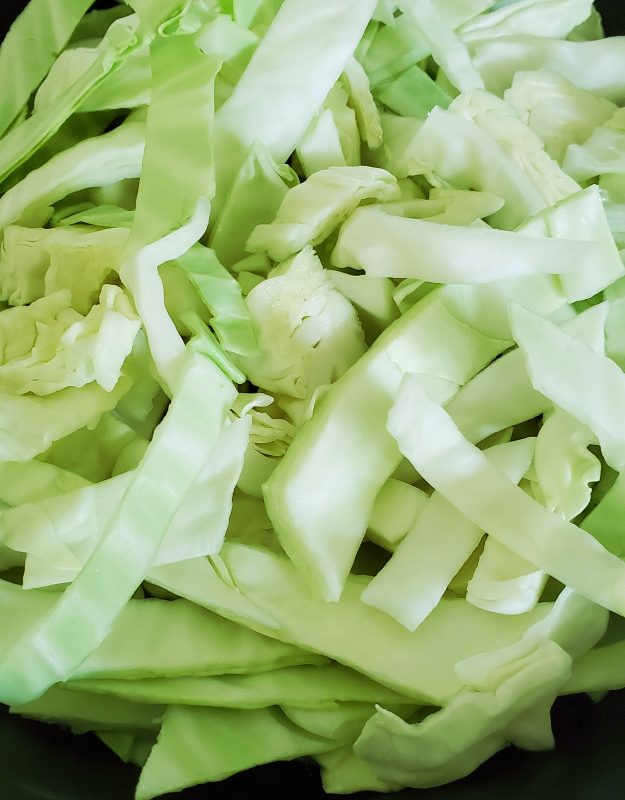
Once cabbage has cooked down enough, add the dry, uncooked egg noodles, stir them in, and place a lid on the pan.
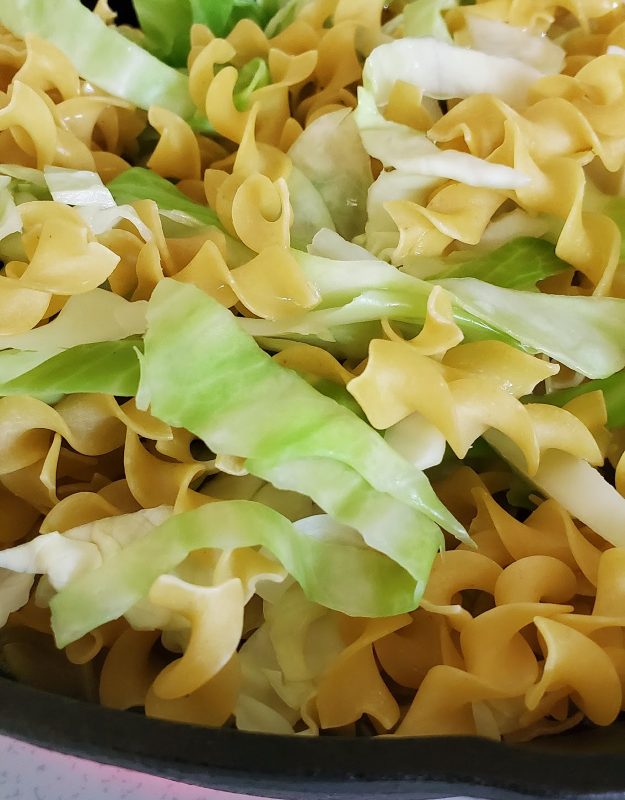
If the pan runs out of water before the noodles are soft, add more water to the pan, you want the noodles to be soft, and the dish moist.
Once the noodles start to soften, slice your butter into pieces, and add it to the pan. You don't have to use an entire stick if you don't want to, just add in enough to make it moist, and slightly creamy. (always remember, more butter, more better.)
Once the cabbage is tender, and the noodles are soft, remove the lid, and begin to cook off the excess water. You want to begin to hear the cabbage/noodles frying to the bottom of your pan.
At this point, begin to taste your dish. You need to add salt. But this will be a personal preference. I tend to add a lot of salt at the end, it seems a tad bland until you hit the perfect amount of salt.
